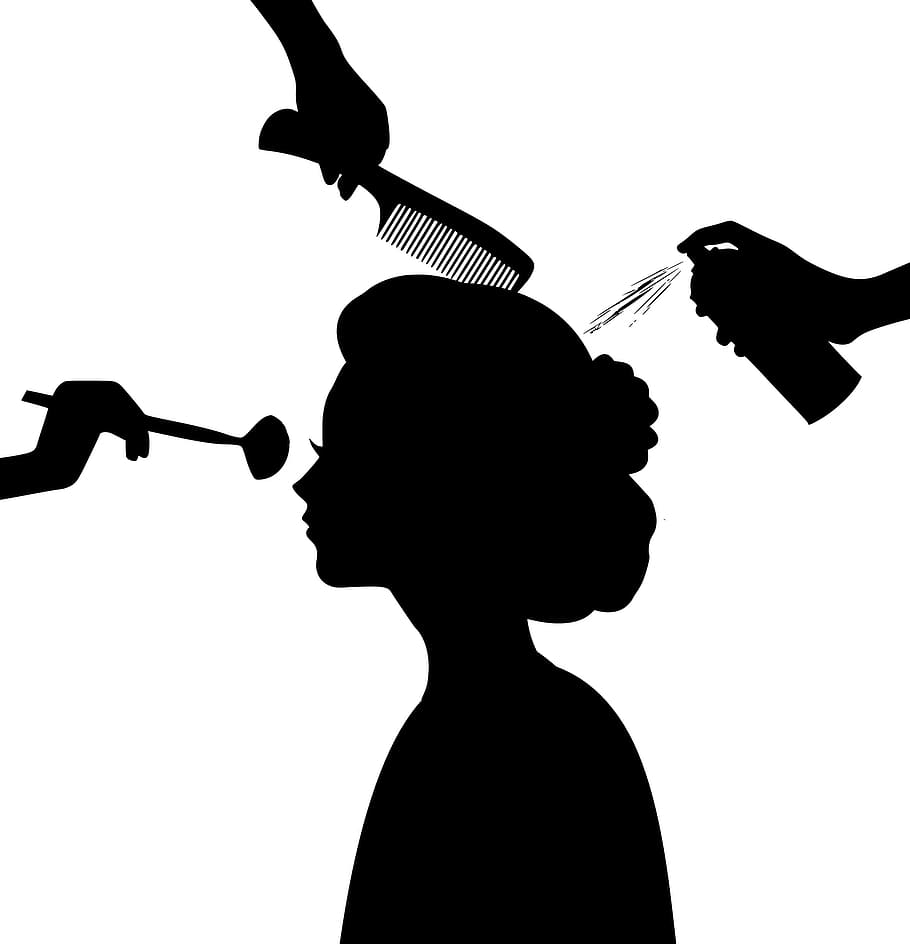Starting a business template for a beauty salon can be an exciting venture, but it requires careful planning and organization to ensure long-term success. A well-crafted business plan serves as a roadmap for your salon, outlining your goals, strategies, and financial projections.
In this article, we will provide a detailed and SEO-optimized business plan template specifically tailored for beauty salons. Whether you’re a seasoned salon owner looking to refine your strategy or a newcomer to the industry, this template will guide you through the essential elements needed to create a thriving beauty salon. You can request a small business loan for a beauty salon.
1. Executive Summary
The executive summary is a brief overview of your beauty salon business plan. It should highlight your salon’s unique value proposition, target market, key objectives, and financial projections. Additionally, it should showcase your salon’s competitive advantage and how you plan to differentiate yourself from other salons in the area.
2. Business Description and Vision
In this section, provide a detailed description of your business template for a beauty salon. Explain the type of services you offer, such as hair care, skincare, nails, or spa treatments. Outline your salon’s vision, mission, and core values. Discuss your target market and the demographics you aim to serve, such as age groups, income levels, and preferences. Emphasize how your salon will provide exceptional customer experiences and foster a welcoming and relaxing atmosphere.
3. Market Analysis
Conduct a thorough market analysis to understand the industry trends, competition, and potential opportunities. Identify your primary competitors and analyze their strengths and weaknesses. Determine the demand for beauty salon services in your target location and outline any market gaps or unmet needs. Consider factors such as population demographics, disposable income, and local beauty trends. This analysis will help you develop effective marketing strategies and differentiate your salon from the competition.
4. Services and Pricing
Describe the range of services your beauty salon will offer, such as haircuts, styling, coloring, facials, manicures, pedicures, and other spa treatments. Highlight any unique services or specialties that set your salon apart. Explain your pricing strategy, taking into account market rates, target customer affordability, and profitability goals. Provide a breakdown of service packages, individual treatment costs, and any promotional offers or loyalty programs you plan to implement.
5. Marketing and Sales Strategy
Outline your marketing and sales strategies to attract and retain customers. Define your brand identity and develop a strong online presence through a professional website, social media platforms, and online directories. Utilize targeted advertising, search engine optimization (SEO), and local marketing strategies to reach your target audience effectively. Consider collaborations with local businesses, partnerships with influencers, and hosting promotional events to increase brand visibility. Establish customer retention programs and referral incentives to encourage repeat business and word-of-mouth recommendations.
6. Operational Plan
Provide a detailed overview of your salon’s operational aspects, including location selection, equipment and supplies, staffing requirements, and salon management software. Describe the salon’s layout and interior design, ensuring it aligns with your brand and provides a comfortable environment for clients and staff. Outline your inventory management system, appointment scheduling process, and customer relationship management strategy. Include details about licenses, permits, and regulations you need to comply with in your specific location.
7. Financial Projections
Present realistic financial projections for your beauty salon, including startup costs, monthly expenses, revenue forecasts, and profit margins. Calculate your break-even point and establish key performance indicators (KPIs) to track your salon’s financial health and progress. Consider factors such as initial investments, and staffing costs.
8. Staffing and Training
Describe the staffing structure of your beauty salon, including the roles and responsibilities of each position. Discuss your recruitment strategy and highlight the qualifications, experience, and skills required for each role. Emphasize the importance of ongoing training and professional development to ensure that your staff stays up-to-date with the latest beauty trends, techniques, and customer service standards. Consider implementing mentorship programs and regular performance evaluations to foster a positive work culture and encourage employee growth and retention.
9. SWOT Analysis
Perform a SWOT (Strengths, Weaknesses, Opportunities, Threats) analysis for your beauty salon. Identify the internal strengths and weaknesses of your business, such as your experienced staff or limited marketing budget. Evaluate the external opportunities and threats, such as emerging beauty trends or the presence of strong competitors. Use this analysis to capitalize on your strengths, address weaknesses, exploit opportunities, and mitigate potential threats. By understanding these factors, you can make informed decisions to position your beauty salon for success.
10. Risk Management and Contingency Plan
Address potential risks and challenges that your beauty salon may face and develop a contingency plan to minimize their impact. Identify risks such as economic downturns, regulatory changes, or unexpected staff turnover. Detail strategies for managing these risks, such as building an emergency fund, diversifying your services, or developing partnerships with suppliers to ensure a steady supply of products. Having a robust risk management and contingency plan in place will help you navigate uncertainties and maintain business continuity.
11. Implementation Timeline
Create a timeline that outlines the key milestones and tasks required to launch and grow your beauty salon. Include deadlines for securing financing, finding a location, obtaining licenses, hiring staff, purchasing equipment, and executing marketing initiatives. Breaking down your plan into manageable phases will help you stay organized and focused on achieving your goals. Regularly review and adjust your timeline as needed to accommodate unexpected delays or changes in priorities.
Conclusion
Crafting a comprehensive business plan is essential for the success of your beauty salon. It serves as a blueprint that guides your decisions, attracts investors, and sets you apart from competitors. By utilizing the SEO-optimized business plan template provided in this article, you can lay a strong foundation for your salon’s growth and profitability. Remember to regularly review and update your business plan as your salon evolves, ensuring that it remains a dynamic document that reflects the changing needs of your business and industry.
By following this business plan template, you are well on your way to creating a successful and thriving beauty salon. Good luck!














